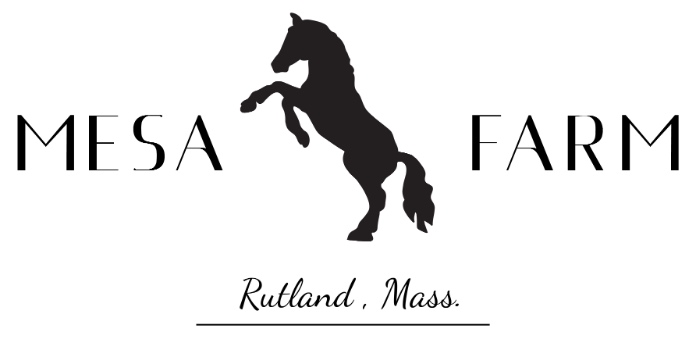April 21, 2020
Monday, May 11, 2020
Share
I beat the rainy weather this morning and did some planting in the garden. My plan was originally to just put in the potatoes but when I realized I had enough area plowed and it is near the end of April I then seeded some beets and carrots. A friend, Leslie, from Sundance Farm generally sells my produce at the Holden farmer’s market and she specializes in growing greens; but markets and food security seems a little “iffy” this year so I also planted some lettuce, spinach, and arugula.
Potatoes can be grown by seed these days but most gardeners plant regular potatoes (or parts of them) and the “eyes” sprout and grow new potato plants. I think it was Liz Jo, who had those fabulous gardens at Heifer Farm, that suggested the idea of planting potatoes at the same time as plowing to save the work of hand digging and then covering each hole. So by dropping the potatoes at the bottom of the furrow I then covered it with my next plow round; then made two plow rounds without planting and then planted another row in the furrow and so on. Or something like that… I hopefully left enough room between furrows to cultivate easily. It’s worked pretty well other years I’ve tried it.
Since tomorrow is earth day, 2020, here are the two major (only marginally related) environmental factors we hear about and a brief explanation about them.
1. The ozone layer: This was once considered the major threat to the earth from an environmental perspective. The theory is that human’s were depleting the ozone in the atmosphere by the production of chlorofluorocarbon (CFC’s) through chemicals used in the production of refrigerants and aerosal sprays that were drifting up into the earth’s stratasphere and reducing the protective ozone layer; actually even putting a hole in it. The ozone layer is important in protecting the earth’s inhabitants from the sun’s ultraviolet rays which can cause skin cancer, eye cataracts, and damage immune systems. The good news is that since the international Montreal Protocal treaty was signed in 1987 when nations pledged to reduce the amount of CFC’s produced the amount of ozone in the atmosphere is increasing and the protective layer appears to be “healing”. Good job everyone!
2. Global warming: This current major global environmental crisis is theorized to be primarily caused by humans burning fossil fuels to produce things like electricity, heat and transportation. This is creating a layer of gasses that form a “blanket” in the atmosphere that traps heat which in turn is causing climate change. This is called the “greenhouse effect” because, like in a greenhouse, the sunlight passes in, but the gas acts like the glass in the greenhouse and traps it. Even if we cut all the greenhouse gas emissons and fossil fuels used today there are already enough in the atmosphere that the earth will keep warming for possibly hundreds of years. Bad news. Yikes!
But the good news is that we can trap and store some of these gasses (in the form of carbon) before they get to the atmosphere and prevent heat from radiating out. How do we do that? One of the major greenhouse gas emissions is carbon dioxide. Remember when you learned about the carbon cycle in 5th grade? You know, how carbon circulates though our environment? If we can keep that carbon in plant biomass (stop cutting down the rain forest, people!) and in the soil we can prevent it from becoming carbon dioxide in the atmosphere contributing to global warming. And the best way to to hold carbon in the soil is to have lots of microbial activity there. How do we get more microbial life and carbon in the soil? By increasing organic matter through regenerative farming methods that encourage vegetation and microbial activity. Go organic farmers! Save the world through farming practices (organic or not) by producing crops in healthy, living soil and producing livestock with grass-based land management (and don’t forget the trees).
So my little horsedrawn walking plow does disturb the soil a little, but I don’t have to plow very deep which would destroys more soil life. I can skim just under the roots of any existing vegetation and neatly turn it over. And I can keep the soil healthy and prevent wind and water erosion by the use of cover crops, rotating crops, and build an active living soil through this and other practices. I no longer feel obligated to have perfect weed-free rows of crops since I want vegetation covering the soil (I’d prefer a cover crop between rows of the desired crop; but sometimes the weeds take over..). I’ve started looking at weeds as nutrient accumulators and recyclers that increase organic matter and soil organism. So my little garden can do all that and produce delicous and nutritious food as well!
Sorry to remind you that it’ll take responsible farming practices as well as consumer choices to keep us and the planet healthy. Just when you thought social distancing was enough!
Happy earth day!
Planting potatoes. Some of the potatoes in the furrow get stepped on, but they still seem to grow.

